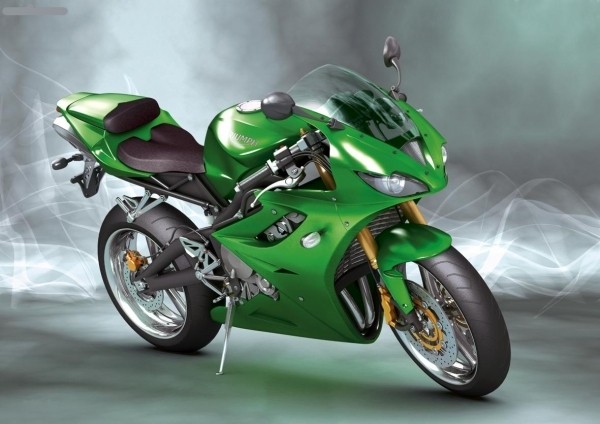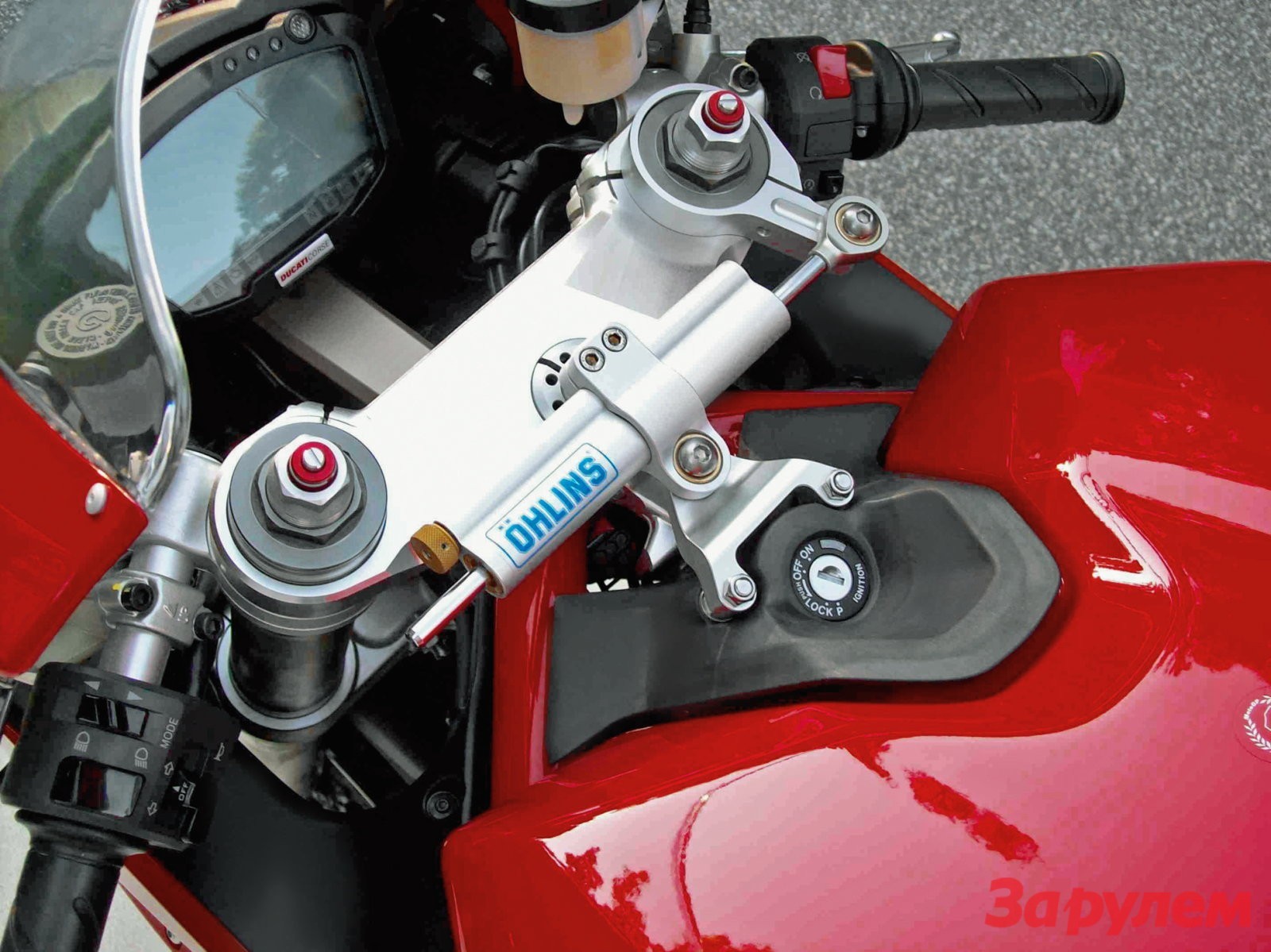
The best Polish motorcycles - 5 historical two-wheelers from the Vistula River
Content
The biggest fans of these machines could name all brands of Polish motorcycles without hesitation. Although this is a distant history, many consider Polish motorcycles to be just as good machines as Soviet and German factories. Which two-wheeled vehicles are worth remembering? Which models are the best? Here are the brands that have entered the history of motorcycles in our country:
- mother bear
- VSK;
- VFM;
- SL;
- Hero.
Motorcycles made in Poland - for starters, Osa
Let's start with the ladies car. The Wasp was the only scooter to go into series production. Thus, it became the first completely Polish machine of this type and was immediately met with a warm welcome and recognition also on the international scene. The Warsaw Motorcycle Factory (WFM) was responsible for its release to the market. The Polish motorcycles of this factory were known for their reliability and served motorcyclists for decades. Wasp was available in two versions - M50 with a capacity of 6,5 hp. and M52 with a power of 8 hp. The scooter provided a very high driving comfort, and also successfully participated in cross-country rally raids, for example, in Szeschodniowki.
Polish motorcycles WSK
What other Polish motorcycle brands were there? In the case of this two-wheeled vehicle, the history is extremely interesting. At the very beginning of production, the Communication Equipment Plant in Svidnik focused on the same designs as in WFM. However, over time, Polish M06 motorcycles made in Swidnik became technically better and more competitively priced. The difference between the designs was so noticeable that the WFM began to lose its meaning. The production of the Vuesca was so successful that in the 30 years since its introduction to the market, as many as 22 different engine options have been created. The range of their capacity is 125-175 cm.3. WSK cars had a 3 or 4 speed gearbox. To this day, thousands of these beautiful motorcycles can be seen on Polish roads.
Polish motorcycles WFM - cheap and simple design
A little earlier, WFM started selling the M06 model in Warsaw. It was in 1954 when the first Polish WFM motorcycles left the factory. The assumption of engineers and plant managers was to make the engine easy to maintain and operate, cheap and durable. The plans were implemented and the motor gained considerable popularity. Although it used a single-cylinder 123 cc engine.3, there was even a live motorcycle. Depending on the modification (there were 3 of them), it had a power range of 4,5-6,5 hp. After 12 years, the production was finished, and the "schoolgirl" went down in history in 1966.
Polish motorcycle SHL - history before the Second World War
Huta Ludwików, now known as Zakłady Wyrobów Metalowych SHL, made the 1938 SHL motorcycle, released in '98. Unfortunately, the outbreak of war stopped production. However, after the end of hostilities, it was resumed. Polish motorcycles SHL 98 had a single-cylinder 3 hp engine. The device itself was based on the design of Villiers 98 cm.3 hence the name of the Polish two-wheeled transport. Over time, two more models came off the assembly line (with a capacity of 6,5 and 9 hp, respectively). Production ended in 1970. Interestingly, SHL also produced Polish sports and rally bikes, in particular the RJ2 model.
Heavy motorcycles of domestic production - Junak
At the end of the list is something really strong - SFM Junak. All the machines described in the article had two-stroke units with a volume of no more than 200 cubic meters.3 capacity. Junak, on the other hand, was supposed to be a heavy motorcycle from the very beginning, so it used a 4-stroke engine with a displacement of 349 cmXNUMX.3. This design had a power of 17 or 19 hp. (depending on version) and a torque of 27,5 Nm. Despite the large empty weight (170 kg without fuel and equipment), this bike did not excel in fuel consumption. Usually he had enough 4,5 liters per 100 kilometers. Interestingly, Polish Junak motorcycles were also offered in the B-20 variant as a tricycle.
Polish motorcycles today
The last mass-produced Polish motorcycle was the WSK. In 1985, the last one rolled off the assembly line in Swidnik, effectively ending the history of Polish motorcycles. Although you can buy new bikes on the market called Romet or Junak, they are only a sentimental attempt to recall old legends. These are foreign designs that have nothing to do with the icons of the Polish automotive industry.
The Polish motorcycle is a machine that many people used to dream about. Today, times are different, but there are still lovers of classical buildings. The Polish motorcycles we have described deserve to be called cult. If you would like to have one of these, we are not surprised at all!

